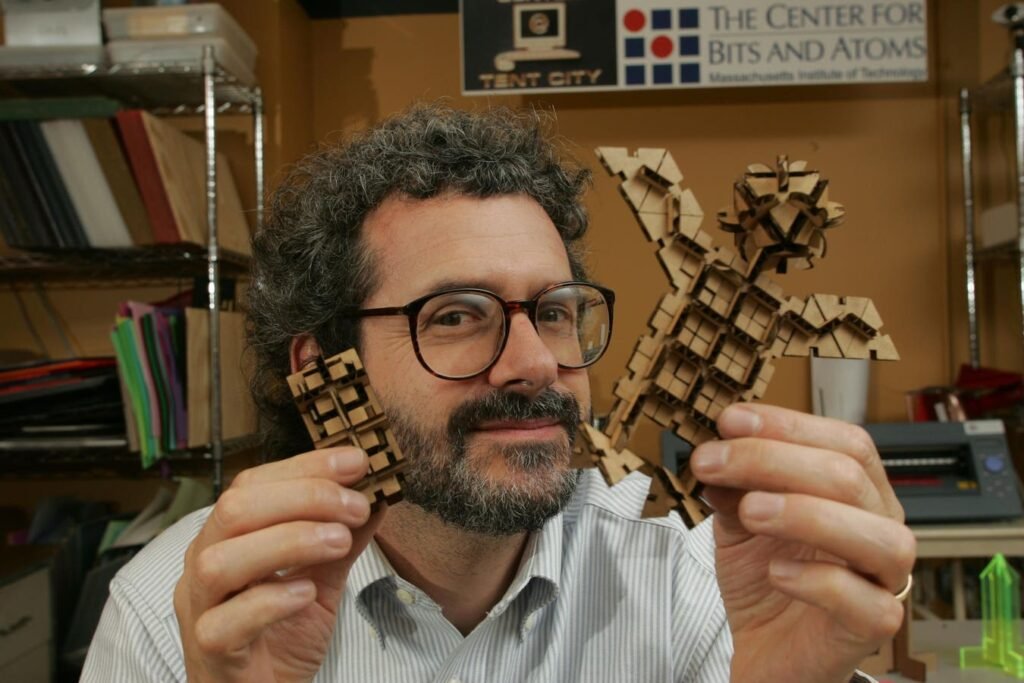Fab Labs, a concept pioneered by MIT, are maker spaces that combine computer science with hardware to empower local communities around the world. The Fab Lab network has grown to around 2500 labs in 125 countries, each equipped with specific criteria and tools such as CNC mills, welding machines, and vacuum forming machines. These labs typically cost around $100,000 to set up and have become hubs for innovation and creativity.
Through platforms like Youtube, the public can witness the diverse projects being created in Fab Labs, from fabricated musical instruments to weather report aggregators and textile projects. The Barcelona lab in Poble Nou district is a prime example of a successful Fab Lab with a vibrant community and recognition from local government. Other labs in places like Hong Kong, Peru, Egypt, and Mexico are also showcasing innovative ideas that are emerging from the Fab Labs network.
Events where stakeholders connected to Fab Labs discuss the impact of these spaces on education and local economies, as well as the evolution of hardware design in computer science. The timeline of development shows a correlation between the creation of CNC mills and Claude Shannon’s master’s thesis, highlighting the convergence of physical sciences and computer science. The strategic partnerships and big picture vision for the Fab Lab network aim to address job displacement and prepare for the future impact of AI.
The rapid growth of Fab Labs reflects the increasing demand for hands-on learning and the practical application of technology in today’s world. Testimonies from interns and students who have utilized Fab Labs emphasize the value of these spaces in fostering creativity and innovation. As MIT continues to lead the way in advancing technology and design, the future looks promising for the Fab Lab community of thinkers and designers. Stick around to see what’s next for this bustling network of innovators.

